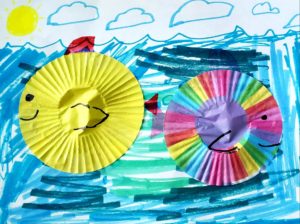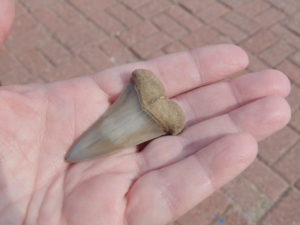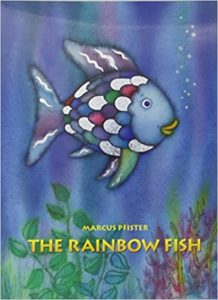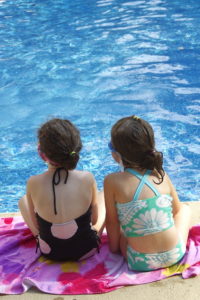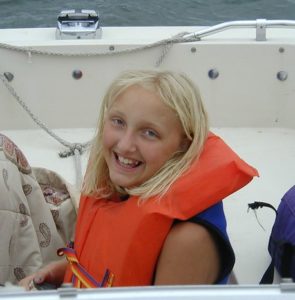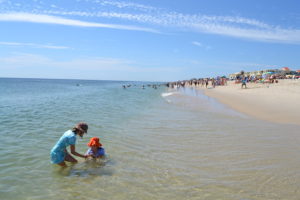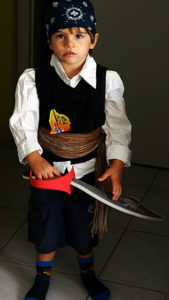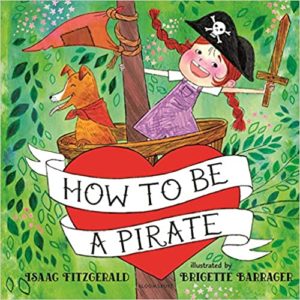Camp Au Pair is preparing to celebrate the Fourth of July in a few days!
Feeling creative? Check out the Au Pair in America Pinterest board for some great ideas to get  you started!
you started!
- Try baking American Flag brownies!
- Create some painted rocks!
- Check out this printable US state map!
- Learn about flag etiquette!
- Make fireworks with paint, paper and forks!
- Create a patriotic wind catcher!
- Shaving cream, food coloring and some toothpicks can make a wonderful fireworks art project!
- 4th of July printable activity sheets!
- Try making an American flag veggie tray for lunch!
- Play patriotic bingo!
- Get busy in the kitchen with these fun 4th of July themed recipes!
Virtual Field Trip Options:
- Perhaps the best-known figure from the American Revolutionary era who wasn’t a president, general or statesman, Betsy Ross (1752-1836) became a patriotic icon in the late 19th century when stories surfaced that she had sewn the first “stars and stripes” U.S. flag in 1776. You can do a virtual tour of the Betsy Ross House.
Videos:
- Watch the fireworks in Washington D.C.
- How are fireworks made? Each firework contains small balls of explosives, known as stars,
 that are responsible for the colorful light displays seen in the sky. They are mixed with gunpowder in a shell, and then wrapped in paper and fitted with a fuse. Did you know gunpowder was invented in China? Check out this cool CNN video about how fireworks are made!
that are responsible for the colorful light displays seen in the sky. They are mixed with gunpowder in a shell, and then wrapped in paper and fitted with a fuse. Did you know gunpowder was invented in China? Check out this cool CNN video about how fireworks are made!
Let’s Learn:
 The Declaration of Independence:
The Declaration of Independence:
- The Declaration of Independence is housed in the Rotunda of the National Archives. You can read the transcription here.
- What does the Declaration say?
- How was the Declaration made?
- More on the history surrounding the Declaration of Independence.
Books:
- It’s the night before the Fourth of July and all across the United States people are getting
 ready for hot dogs and fireworks. Decked in red, white, and blue, a family heads to a parade, hosts a backyard BBQ with friends and family, dodges an afternoon thundershower, and of course, watches a fireworks show. The Night Before the Fourth of July captures all the fun, excitement, and pride of the best summer holiday!
ready for hot dogs and fireworks. Decked in red, white, and blue, a family heads to a parade, hosts a backyard BBQ with friends and family, dodges an afternoon thundershower, and of course, watches a fireworks show. The Night Before the Fourth of July captures all the fun, excitement, and pride of the best summer holiday! 
- Perfect for reading together with a young child, F Is for Flag shows in simple terms how one flag can mean many things: a symbol of unity, a sign of welcome, and a reminder that-in good times and in bad-everyone in our country is part of one great big family.
- Blue Sky White Stars is an inspiring and patriotic tribute to the beauty
 of the American flag, a symbol of America’s history, landscape, and people, illustrated by New York Times bestselling and Caldecott-honor winning artist Kadir Nelson.
of the American flag, a symbol of America’s history, landscape, and people, illustrated by New York Times bestselling and Caldecott-honor winning artist Kadir Nelson.
Wonderfully spare, deceptively simple verses pair with richly evocative paintings to celebrate the iconic imagery of our nation, beginning with the American flag. Each spread, sumptuously illustrated by award-winning artist Kadir Nelson, depicts a stirring tableau, from the view of the Statue of Library at Ellis Island to civil rights marchers shoulder to shoulder, to a spacecraft at Cape Canaveral blasting off. This book is an ode to America then and now, from sea to shining sea.
Photos by: Cynthia Chan


